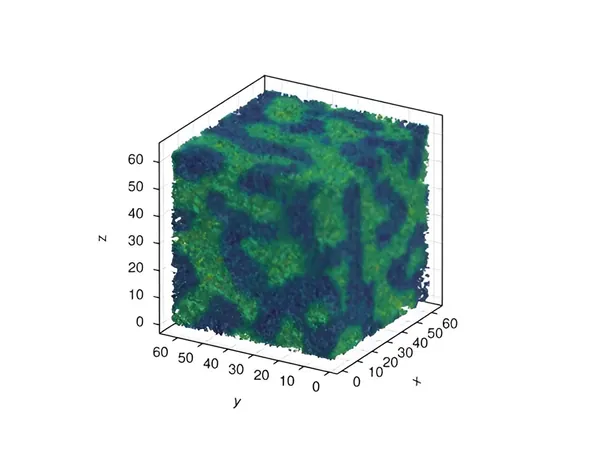
Breakthrough Study Reveals Immunomodulatory Treatment Works for CIDP Patients Without Nerve Conduction Evidence!
2024-09-15
Introduction
A groundbreaking study has emerged, suggesting that patients with chronic inflammatory demyelinating polyneuropathy (CIDP) can respond positively to immunomodulatory therapies—even in the absence of nerve conduction studies (NCS) confirming demyelination. This finding prompts a reevaluation of traditional diagnostic criteria and opens new avenues for treatment in those who may currently be underserved.
Study Insights
Published in the journal Muscle & Nerve, this study evaluated 232 patients suspected of having CIDP between October 1995 and October 2021, narrowing down to 20 patients who met specific criteria. Treatment modalities varied, with 18 individuals receiving intravenous immunoglobulin, others getting corticosteroids, and some undergoing plasma exchange or alternative immunomodulatory therapies. Notably, 12 patients exhibited significant and sustained improvements in their health metrics, with ongoing enhancements observed at follow-ups ranging from 3 months to 2 years.
Key Statements from Researchers
Lead author Dr. Patrick A. Curry emphasizes the delicate balance of diagnosing CIDP. "While misdiagnosis can lead to unnecessary treatments that may harm patients, underdiagnosis can result in the worsening of debilitating symptoms," he stated.
Research Highlights
The research highlights that, despite lacking the typical NCS evidence for demyelination, many patients displayed supportive features through cerebrospinal fluid analysis, MRI, and ultrasound imaging. The study found that 94% of participants had elevated CSF protein levels, while MRI scans revealed nerve root or plexus enhancements in nearly half of the evaluated patients. These suggest the presence of active disease, prompting an argument for considering immunomodulatory therapies even without classic NCS markers.
Key Findings
- Immunomodulatory therapies can benefit CIDP patients without NCS-confirmed demyelination, especially when MRI shows nerve root or plexus enhancement. - Magnetic Resonance Imaging (MRI) proves to be an essential tool for identifying CIDP indicators that standard tests may miss. - Despite promising outcomes, the study’s limitations, including its retrospective nature and small sample size, highlight the necessity for larger, more controlled trials to validate these findings.
MRI's Role in CIDP Diagnosis
Moreover, the research underscores the importance of MRI in evaluating CIDP. According to the data, MRI revealed nerve or root enhancements that may be indicative of CIDP, especially in patients whose nerve tests showed only axonal physiology. Out of 20 patients, 30% demonstrated root or plexus enhancement on MRI, strengthening the argument for these imaging techniques' continued use in diagnosing CIDP.
Cautions and Future Directions
However, the authors caution against making definitive treatment recommendations based solely on their findings. They admit the need for better diagnostic protocols and larger, standardized trials before solidifying treatment guidelines for patients without NCS-confirmed demyelination. “Our findings reinforce the idea that immunomodulatory treatments should be considered, but the mandate for further research remains unequivocal,” Dr. Curry concluded.
Conclusion
As the understanding of CIDP evolves, this study marks a pivotal moment, emphasizing the importance of comprehensive evaluation in tailoring precise treatment plans for patients with this challenging neurological condition. Keep an eye on the developments in CIDP research—it could change everything for patients around the globe!



 Brasil (PT)
Brasil (PT)
 Canada (EN)
Canada (EN)
 Chile (ES)
Chile (ES)
 España (ES)
España (ES)
 France (FR)
France (FR)
 Hong Kong (EN)
Hong Kong (EN)
 Italia (IT)
Italia (IT)
 日本 (JA)
日本 (JA)
 Magyarország (HU)
Magyarország (HU)
 Norge (NO)
Norge (NO)
 Polska (PL)
Polska (PL)
 Schweiz (DE)
Schweiz (DE)
 Singapore (EN)
Singapore (EN)
 Sverige (SV)
Sverige (SV)
 Suomi (FI)
Suomi (FI)
 Türkiye (TR)
Türkiye (TR)